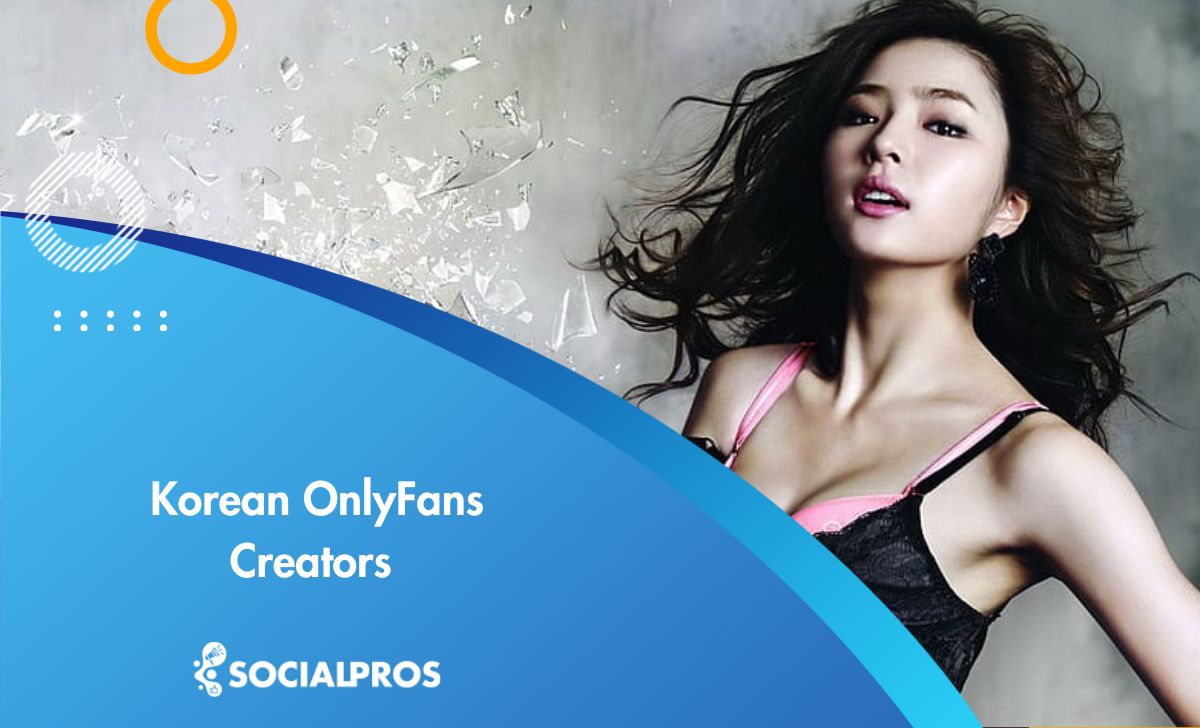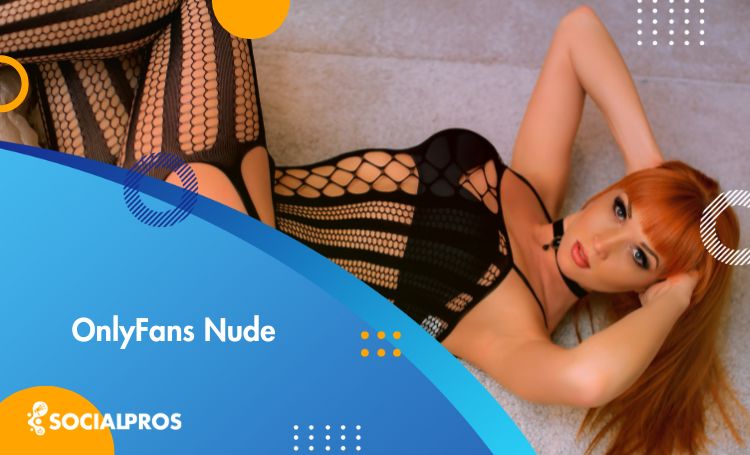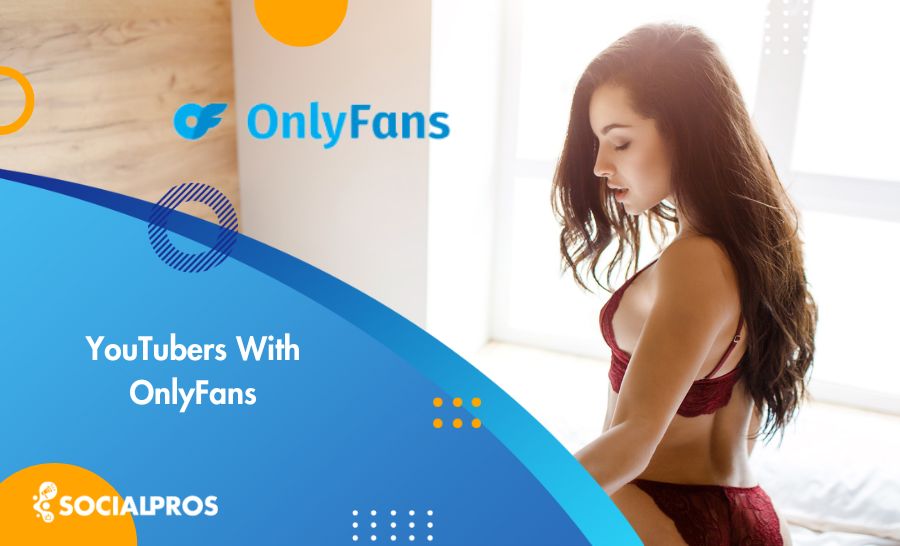Page Contents
So you’ve found the right influencers for your brand, and now it’s time to set up your first series of influencer campaigns.
Below is a practical guide detailing how to not only set up a scalable campaign infrastructure but also how to develop ever-lasting, mutually beneficial relationships with your influencers.
Your road to successful influencer campaigns starts here.
Run 2-3 week trial campaigns: before diving into any full-blown influencer campaigns test an influencer’s audience’s receptiveness to your content. Track important metrics like comments, engagement, and click-throughs to your channel/website. If you are a business, take note of discount code purchases (services like Shopify and Squarespace offer incredibly easy-to-use discount codes) and trackable links (i.e. Bitly). Care less about factors like follower growth. If by the end of your trial campaign the influencer is not producing the desired results, you can cleanly end the partnership there. Continue to record these metrics going into the full collaboration.
Establish a timeline: clearly establish with the influencer when each post is to be created. Create a Google doc and schedule the date and posting times of each post, crossing them out as they happen. When both you and the influencer understand the scheduling of the partnership from the very beginning, it can help avoid any false claims down the road from either party (“I thought we agreed to this time?”, “No, we actually agreed to this time….”, etc.). A posting schedule can also help you isolate the effects of specific posts on your channel. If you notice a spike in comments on Wednesday at 4PM, and your schedule indicates that this specific influencer posted at that time, you can correlate that influencer’s posting with the effect on comments. You can then begin to use this data to understand the best days and times for your influencers to post.

Provide your influencers with as much creative freedom as possible: you’re collaborating with these influencers because they have already established trust with the audience you’re trying to target. According to thenextweb, nearly as many people trust recommendations from influencers (49%) as they do their own friends (56%). An influencer’s audience doesn’t know or trust you. If all of a sudden an influencer’s audience sees a sponsored post that is completely different than what that audience knows and enjoys, that audience/influencer trust is weakened. Let the influencer do whatever they do to sell your brand in a way that resonates with their audience.
Provide only enough guidance so that the influencer understands your intention: having said all of the above, simply ask to see any content before the influencer posts it and provide feedback if need be. Some influencers may actually prefer that you provide most of the creative ideation (scripts, screenplay, etc.). An easy middle ground is to provide your influencers at the very beginning of the partnership with a Mood Board of existing content that is similar to what you want. Even when first establishing the partnership, ask questions like “Could you create something like this in your own style?” and refer your influencers to the Mood Board. This can save a lot of back-and-forth down the road.
Specify the information that you need to be included in each post: a post showing your product but with no captions or hashtags is next to useless. Leave most of the creative copy to your influencers, but if you require any hashtags, tags and/or captions (“Use discount code x for 15% off!”, “Check out the link in the bio!”, #companyname, etc.) specify that your information be as close to the first word of the caption as possible (ideally it will be the first thing viewers read). You want to make sure that your influencer’s audience gets all of the necessary information regardless of how they view the content (desktop feed, mobile feed, etc…).

Present your collaboration as an equally beneficial exchange: presenting your partnership as equally beneficial rather than “we want you to promote our product” serves practical purposes beyond just being ethical. The first reason is that influencers are more likely to get back to you in the first place if they feel like they’re getting something from the exchange. The second reason is that when an influencer feels more like a partner in the exchange rather than a tool, this sense of responsibility provides an incentive to create the best content possible. Simply put, the three easiest ways to incentivize an influencer are exposure, free product, and money.
- Exposure: if an influencer’s channel is smaller or of equal size, offer to repost your influencer’s sponsored content on your own channel to give them exposure. This gives your influencers an incentive to create as much content as possible in the hopes of having it posted on your channel and seen by your audience.
- Free product: if you are trying to advertise your business, offer to provide your influencers with a free products in exchange for posts illustrating the use of your product. As explained above, let your influencers advertise your product in whatever way they think best resonates with their channel.
- Money: When working with larger influencers, exposure and/or free products likely won’t be enough of an incentive. Be prepared to spend anywhere from $50, to $500-$50,000, to $1,000,000 in some cases. Some larger channels may provide you with a price kit detailing the cost of different types of influencer campaigns (1 post on Instagram, 3 posts on Instagram and promoted across all social media platforms, dedicated 1-minute use of your product, etc.), while others will ask you for your budget. In cases where cost is negotiable, a safe initial offer is a percentage of sales made through a provided link or discount code (or a combination of both). For example, if an influencer agrees to place a discount code in their bio or in the caption of a sponsored post, you would pay them a percentage of any sales made through that specific discount code.

Of course, you could do a combination of these incentives. An influencer may refuse to do a sponsored post for a free product, but they may accept if you offer a free product and a percentage of sales made through their discount code.
Ask for the rights to use your influencers’ content on your own channel: with permission from your influencers to repost their content on your own channel, you are provided with a consistent stream of quality content with very little work on your part. Reposting your influencer’s content on your channel also gives your brand a sense of trust that otherwise would take years of operation to achieve. When potential followers or customers visit your page and see all of these people praising your brand, their willingness to follow or potentially even purchase your product is increased.
Have you had success with influencer marketing? How did you find Instagram influencers to work with? What did your campaign structure look like? Please share your experiences in the comments below!
This article is one piece of a larger, more comprehensive influencer marketing guide we created called Instagram Influencers: Finding Them, Working with Them, and 10 Case Studies to Learn From. If after you’ve successfully found your influencers and begun your influencer campaigns you need inspiration, have a read through the full article for 10 success cases across multiple industries of influencer marketing done right.






